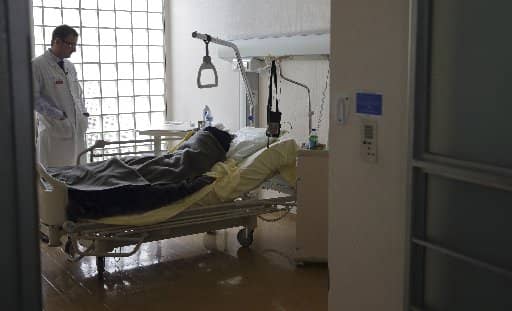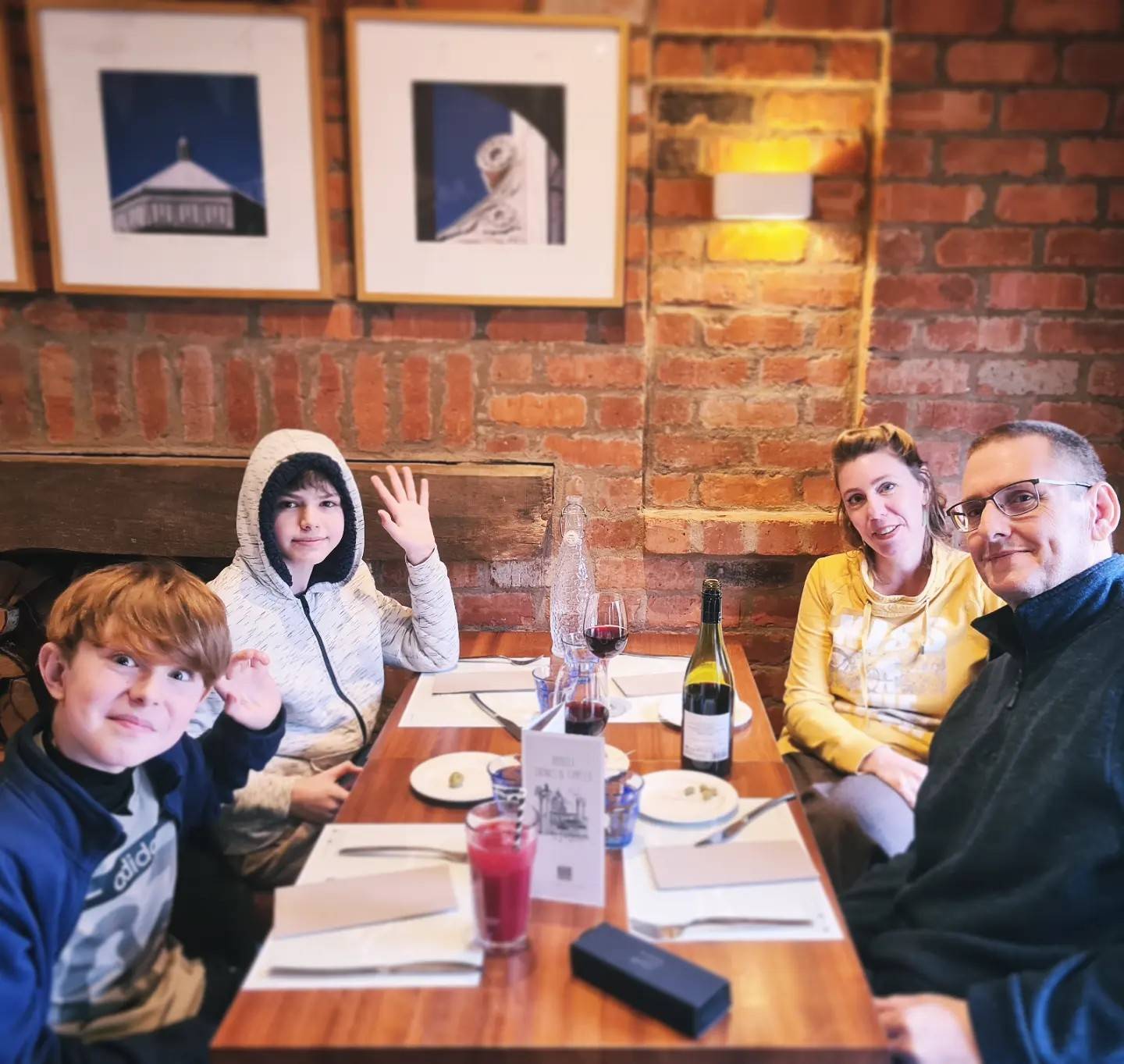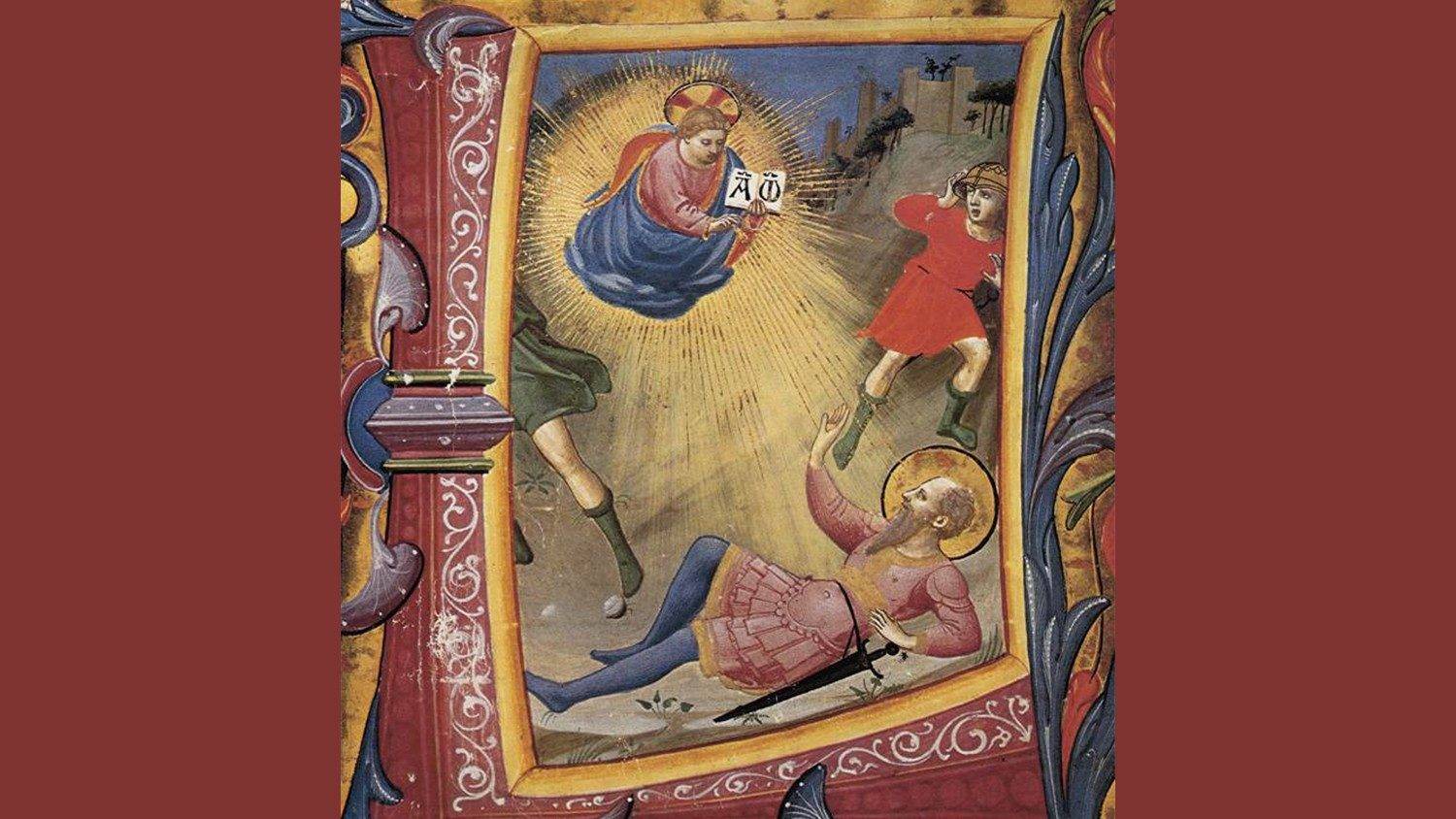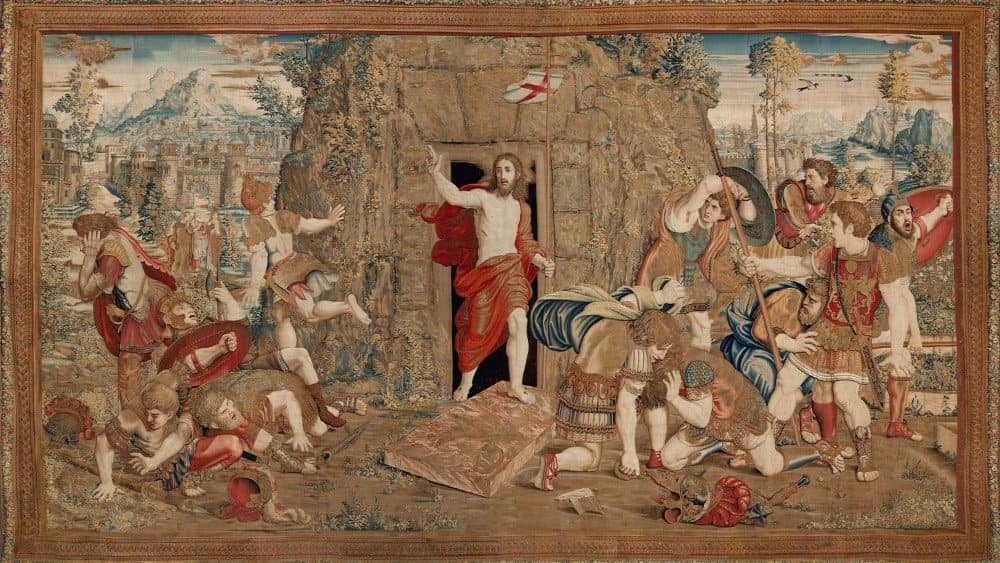Pope Francis’ somber visit to Auschwitz last week brought the world face to face with the depth of humanity’s depravity and the depth of divine redemption.
St Paul, wrote, “where sin is abounding. Grace is abounding even more.” In Father Maximillian Kolbe’s cell in the the darkest dungeon of Auschwitz, Pope Francis, a figure robed in white, lit a candle and remained in silent prayer.
The story of Kolbe’s sacrifice to spare the life of another prisoner is well known. After the escape of three prisoners, the Auschwitz guards chose ten men to be starved to death in retribution. After being chosen by random, Franciszek Gajowniczek cried out for mercy saying he had a wife and children.
Kolbe then stepped up, said he was a priest, and offered to take the man’s place. His offer was accepted. After being starved of food and water for two weeks in the cellar of the punishment block, he was killed with an injection of carbolic acid.
A plaque marks the spot where Kolbe stepped forward marking the Nazi death camp as not only the scene of extraordinary murder, but also the scene of extraordinary mercy. While Kolbe’s sacrifice is rightly celebrated, it is often forgotten that just a hundred yards from the plaque marking Kolbe’s gift of life stands a stark gallows which marks another grim, but compelling meeting place of murder and mercy.
Rudolf Höss was born into a strict Catholic family in Baden-Baden, Germany in 1901. The atmosphere in the home was rigid and legalistic, focusing on sin and guilt.
Although his father intended for Rudolf to become a priest, in his teenage years he turned against his Catholic faith and began a military career, fighting in the First World War then moving up through the ranks of the German army, where he soon developed a reputation for ruthless and efficient brutality.
In 1934 he joined the SS and was stationed at Dachau concentration camp. He excelled in his duties and was promoted, and when Auschwitz was opened in 1940 Höss was appointed as the commandant. He lived in a villa with his wife and five children within sight of the main Auschwitz camp.
In June 1941 he traveled to Berlin to meet with Heinrich Himmler who told Höss about the plan to exterminate the Jews, and gave him his orders. Höss went on to develop the Auschwitz complex, building the huge death camp of Auschwitz-Birkenau. and running the slave labor complex at Auschwitz 3.
Höss began testing and perfecting mass killing techniques on September 3, 1941. His experiments made Auschwitz the most efficiently murderous instrument in the history of humanity. Höss testified that during standard camp operations, two to three trains carrying 2,000 prisoners each would arrive daily for periods of four to six weeks.
The prisoners were unloaded in the Birkenau camp; those fit for labour were marched to barracks, while those unsuitable for work were driven into the gas chambers.
As the Nazi empire crumbled Höss escaped, but was eventually captured. In his sworn affidavit he admitted:
I commanded Auschwitz until 1 December 1943, and estimate that at least 2,500,000 victims were executed and exterminated there by gassing and burning, and at least another half million succumbed to starvation and disease, making a total of about 3,000,000 dead. ..Included among the executed and burnt were approximately 20,000 Russian prisoners of war …The remainder of the total number of victims included about 100,000 German Jews, and great numbers of citizens (mostly Jewish) from Holland, France, Belgium, Poland, Hungary, Czechoslovakia, Greece, or other countries. We executed about 400,000 Hungarian Jews alone at Auschwitz in the summer of 1944.
Rudolf Höss was therefore one of humanity’s most relentless and ruthless murderers. Yet, there is a twist in the tale which makes even the most merciful Catholic gasp.
Before his execution at Auschwitz, Höss returned to his Catholic faith. Four days before he was hanged he wrote,
My conscience compels me to make the following declaration. In the solitude of my prison cell I have come to the bitter recognition that I have sinned gravely against humanity. As Commandant of Auschwitz I was responsible for carrying out part of the cruel plans of the ‘Third Reich’ for human destruction. In so doing I have inflicted terrible wounds on humanity. I caused unspeakable suffering for the Polish people in particular. I am to pay for this with my life. May the Lord God forgive one day what I have done.
On April 10, 1947, Höss received the sacrament of penance from Father Władysław Lohn, S.J., provincial of the Polish Province of the Society of Jesus. On the next day the Lohn administered Holy Communion as Viaticum, and he was hanged in the grounds of Auschwitz a short distance from the site where Kolbe gave his life for Franciszek Gajowniczek.
Auschwitz stands today as a terrible memorial to the extent of mankind’s murderous inhumanity, but Auschwitz also stands as a memorial of mankind’s heroism of self-sacrificial love.
In the disturbing story of Rudolf Höss, Auschwitz also reminds humanity that God’s mercy can reach even to the master murderer of Auschwitz.

















